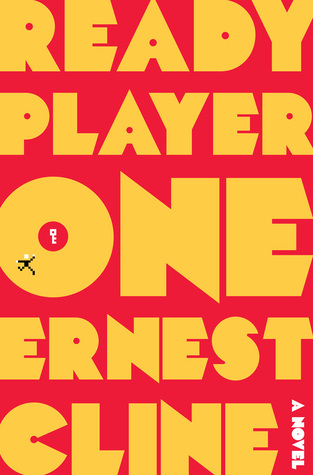
Firstly, I’ve got to say that J.R.R. Tolkien by Humphry Carpenter was a real eye-opening biography. I was completely in the dark going into this book, having never read the Silmarillion, The Hobbit, or Lord of the Rings (I know, I know. Don’t shoot!!!) but left in awe of his achievements both academically and creatively.
It’s great to see that Carpenter doesn’t shy away from the truth and paints Tolkien as a highly intelligent, if not, slightly eccentric man. It was inspiring to see how the creation of Middle Earth and its history/language was basically a lifelong work.
The book takes you quite swiftly through Tolkien’s childhood in Birmingham and South Africa, then touches on his time as a soldier in WW1, Oxford as a student and teacher, his writing struggles, philologist, to his lifelong marriage.
One thing I enjoyed reading about was his life as an English Professor, in which, Tolkien would often meet with his peer group to smoke and read aloud the Bard poems in Old Norse.
I mean, who doesn’t, right?
Among these peers was C.S. Lewis who, most famously, wrote the Narnia Books for children.
I was totally absorbed in this biography, thanks to Carpenter’s simple and engaging writing style. It has just the right amount of detail; some biographies tend to bang on and on for ages.
I now see Tolkien as a God Damn genius who is revered in his field of Philology and Literature. It was refreshing to see how ordinary he was; disorganised, constantly missing deadlines, and struggling to finish work as he had so many ideas.
A sheer perfectionist.















